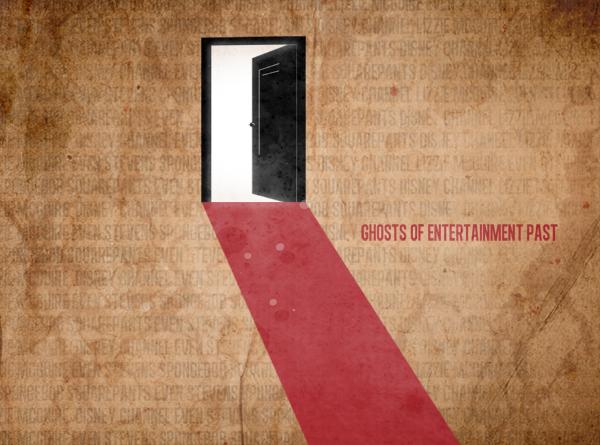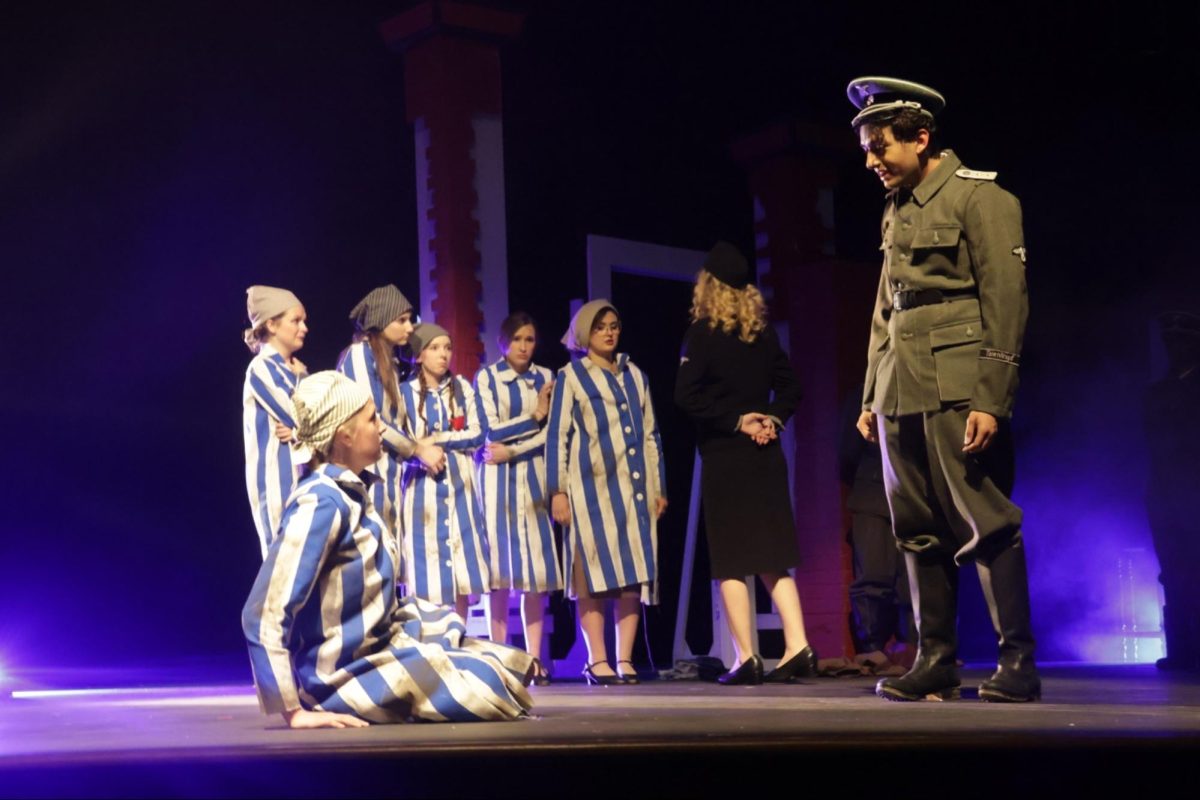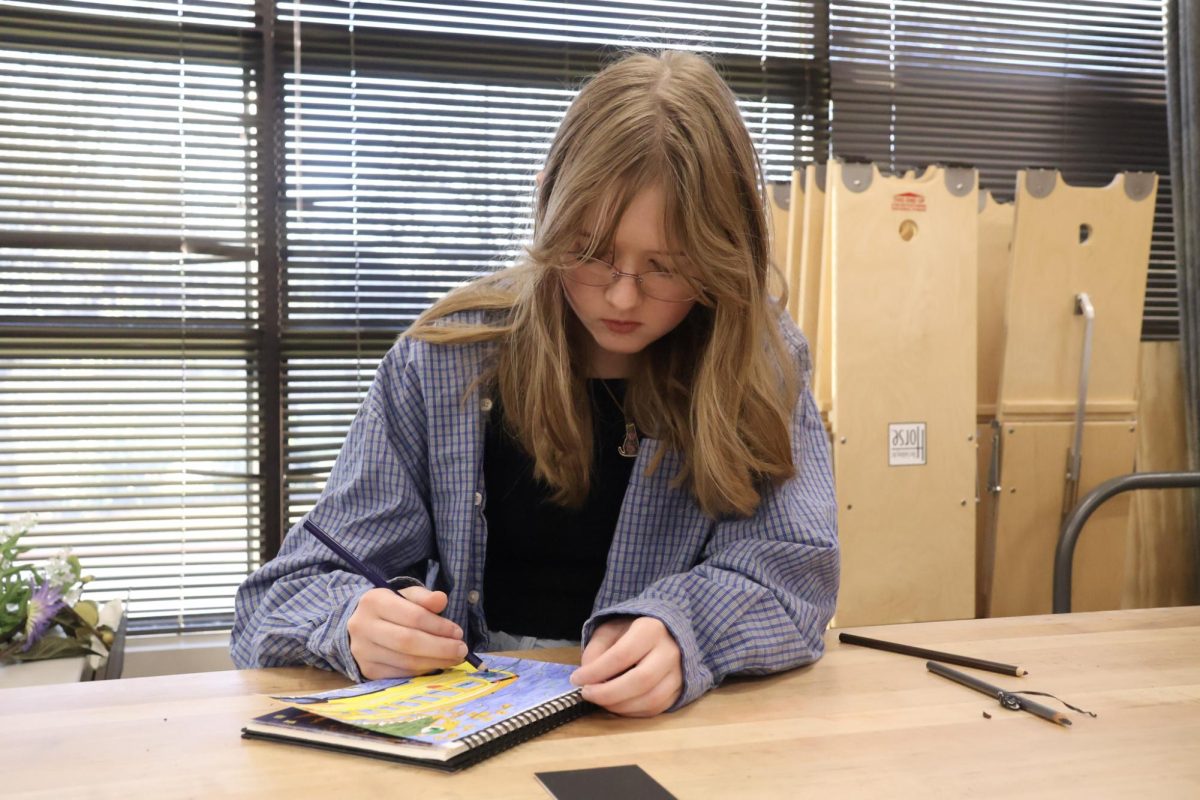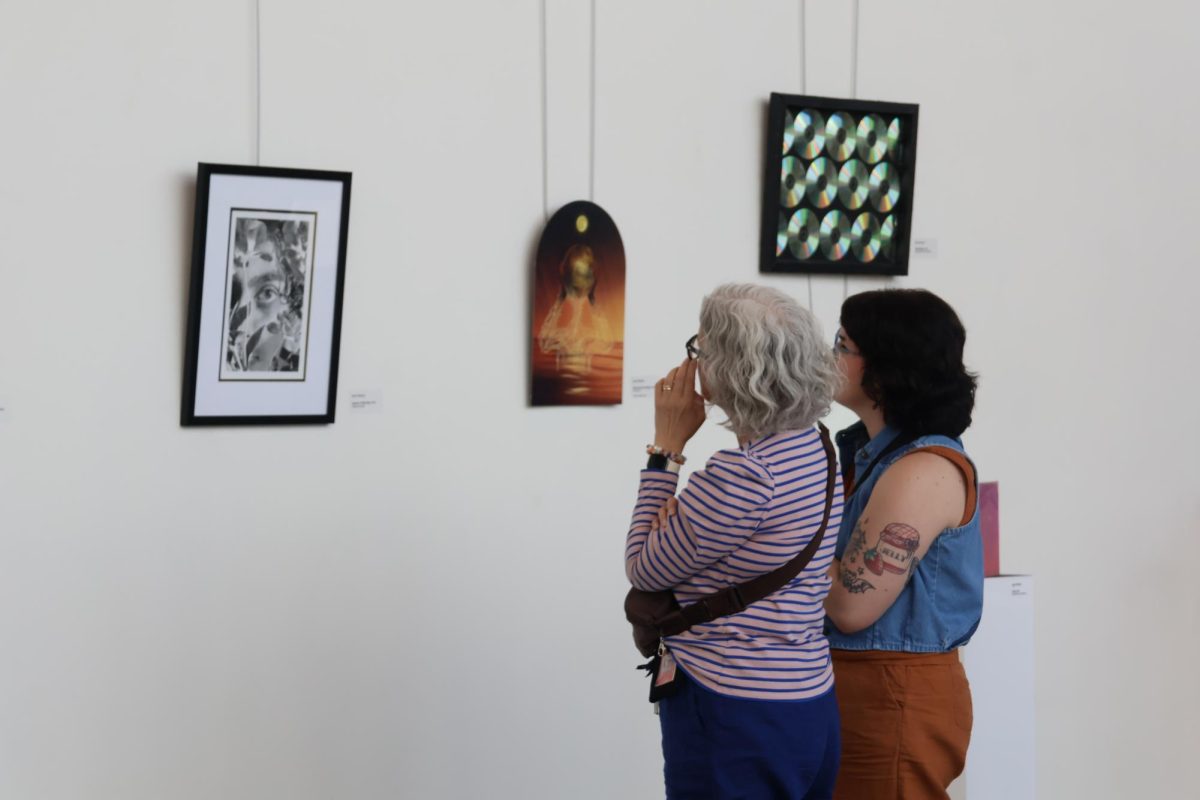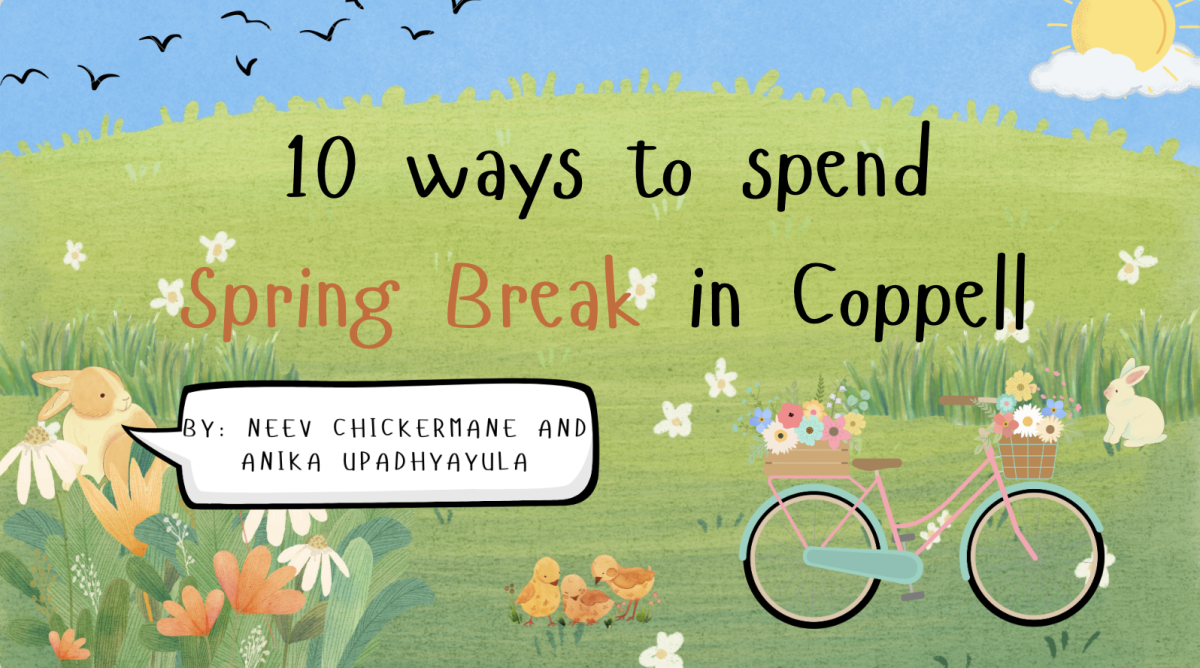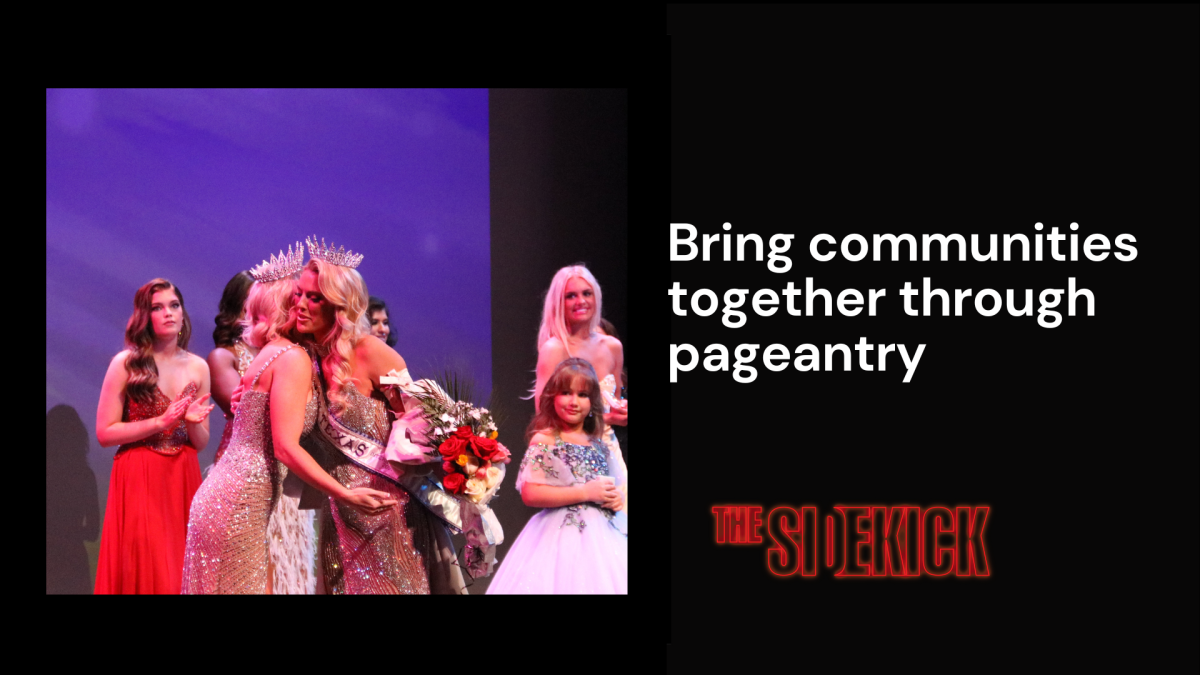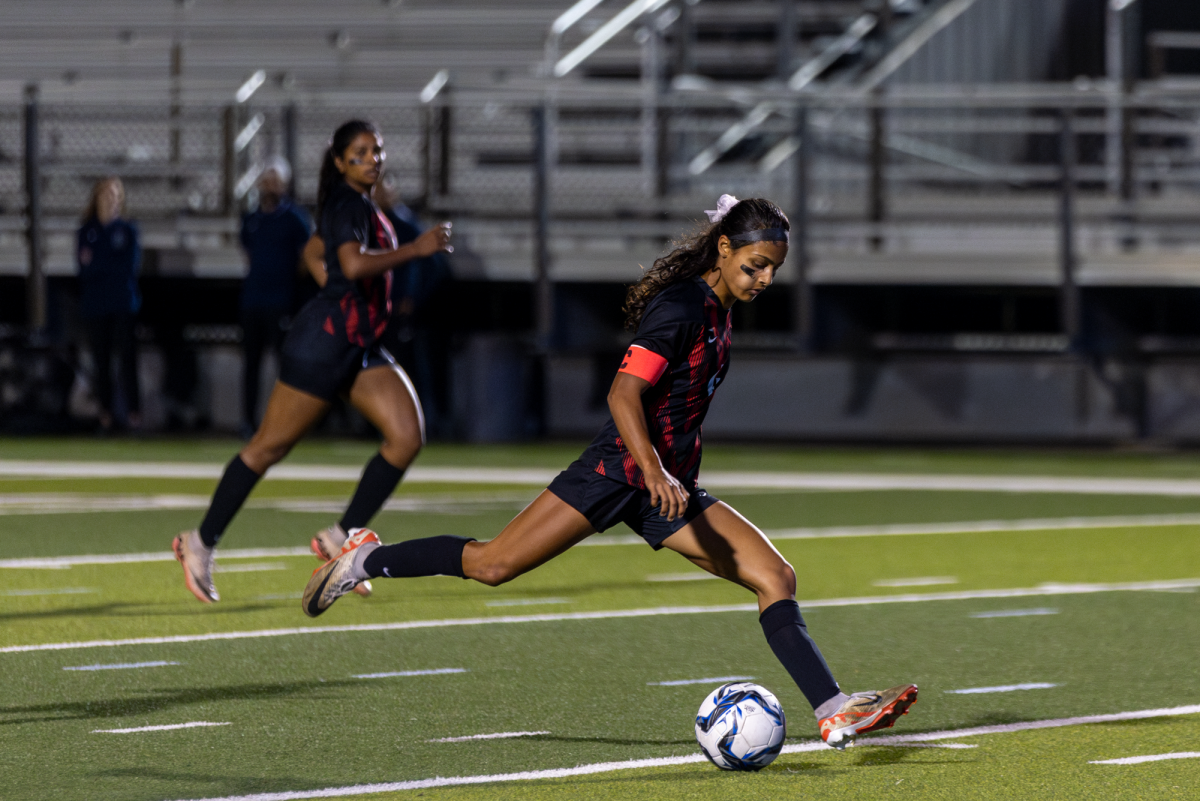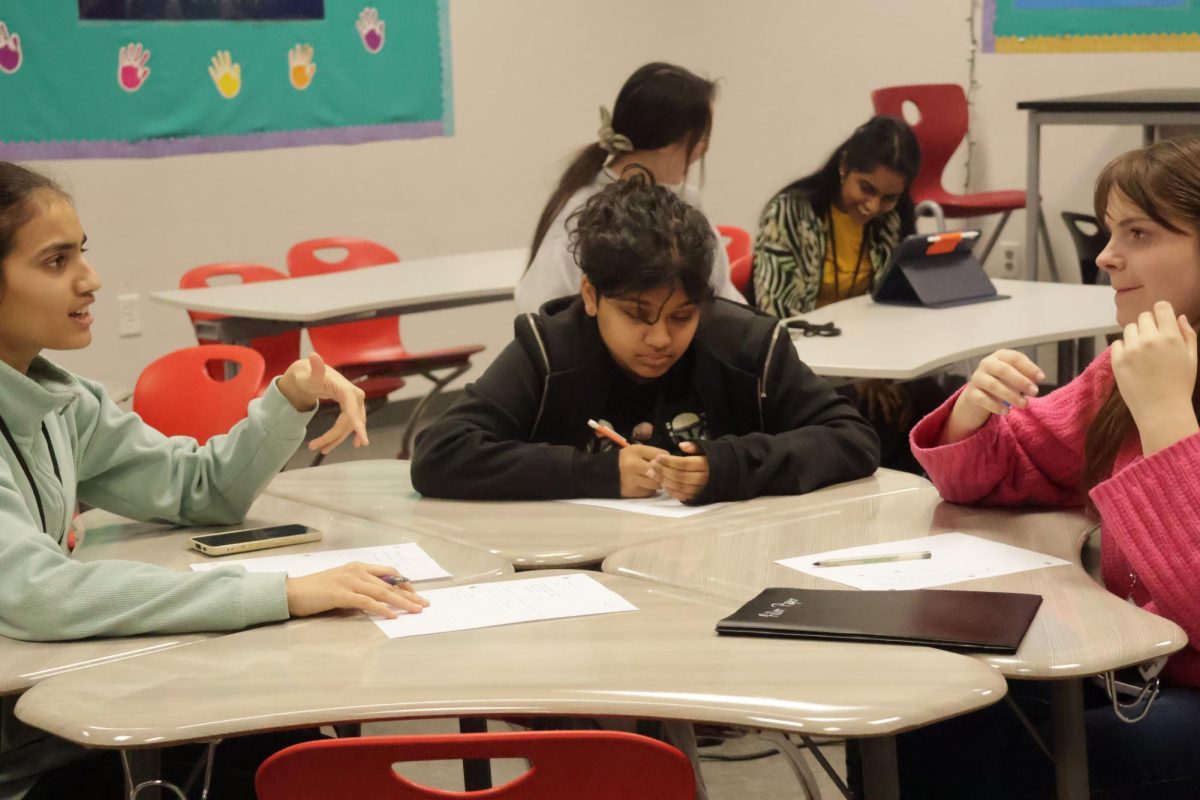By Madison Ford
Entertainment Editor
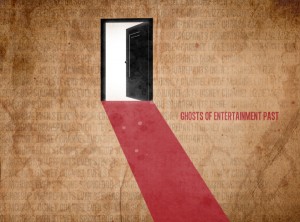
Lizzie McGuire is pregnant and Louis Stevens fights Transformers.
While in reality it is the actors who played these childhood icons, Hilary Duff and Shia Labeouf, respectively, who are now expecting a child or staring in summer blockbusters, the transformation of youthful idols can cause some to reflect on the entertainment of their childhood.
As the stars of childhood entertainment have evolved, so has the industry itself. Shows once focusing on the everyday lives of children and young adults now expose the struggles of juggling fame and normalcy. The excitement over a release of a colored Gameboy has been replaced for apprehension over the latest iTouch upgrade.
“Honestly I think it’s different today mostly because, I look at my sister, Maya, and she has an iTouch, and she’s about to be 9,” senior Keaton Ozymy said. “And for me at that time, whenever I was her age, I had the original Gameboy. Or old fashioned style and read books. And I think that was, honestly the only entertainment for us as kids.”
This shift in interests may be attributed to our developing society. As technology advances, so does the way children entertain themselves.
“I notice that with all the technology today, they are really incorporating that with all the cartoons they are coming out with,” senior Lizzie Herrera said. “I have three younger sisters and they watch cartoon network like no other. And literally, all the cartoon shows [are] adding graphics with real time 3-D and 4-D animations. They’re just so different now than from ‘Tom and Jerry’ which was out like 20 or 30 years ago. It’s really just keeping up with the times.”
It is not only the technology evolving childhood entertainment, but the content as well. Some students reminisce on how relatable their childhood shows were.
“When I was little I loved watching Disney Channel shows, like ‘Lizzie McGuire’ and stuff, because I felt like that was the little typical life of a little girl,” senior Brittany Cox said. “Now, shows I watch are not really realistic. They’re reality shows, but shows like ‘Jersey Shore’ aren’t as realistic. When we were little we had that kind of stuff to look up to and now, it’s bad stuff to look up to.”
This reality television craze, which did not have a large presence in children’s television 10 years ago, has led to the development of shows on children’s networks that make references to popular reality television and pop culture icons.
“I know there’s a show called ‘Mad’ [on Cartoon Network] where they literally incorporate every of aspect of what’s going on with reality TV and pop media, like pop culture,” Herrera said. “They make spoofs about ‘Jersey Shore’ and they make spoofs about CNN. And not every parent is going to be watching what their 7-year-old watches and if the 7-year-old hears JWoww saying something, they’re going to mimic it. Some of it can be inappropriate but it’s all about what you let your kids watch.”
Senior Lexus Deloach thinks children shows today don’t provide the same intellectual stimulation they did for her generation.
“[Children shows are] dumber now,” Deloach said. “They’ve dumbed them down.”
Students recall the opportunities television shows of their past gave them to explore their imagination.
”Spongebob gives you the imagination,” senior Alexis Pentecost said. “You know like you had when you were a kid. That was you dreaming.”
While the world of childhood entertainment has evolved during the past 10 years, and continues to do so, students still smile when they remember shows such as “Dragon Tales”, “Arthur”, “Lizzie McGuire,” Spongebob Squarepants”, “Out of the Box”, “That’s So Raven” and “Rocket Power” or reflect on the colored Gameboys that were the pinnacle of personal gaming and reality television was watching someone get “slimed” on “Slime Time Live”.
Both the stars and the viewers of shows gone by have started to move on, but the imprint they have left will stay with teenagers as they begin a life of adulthood.



